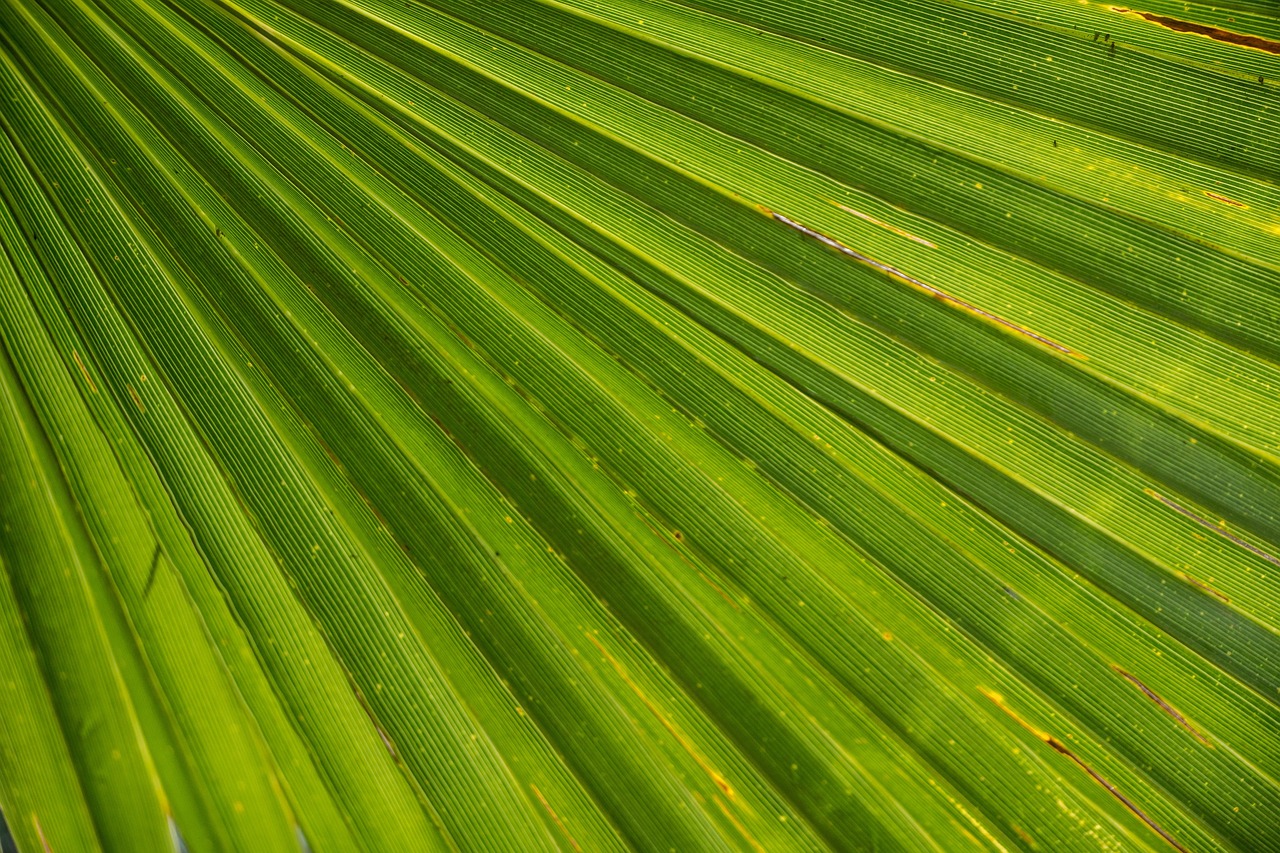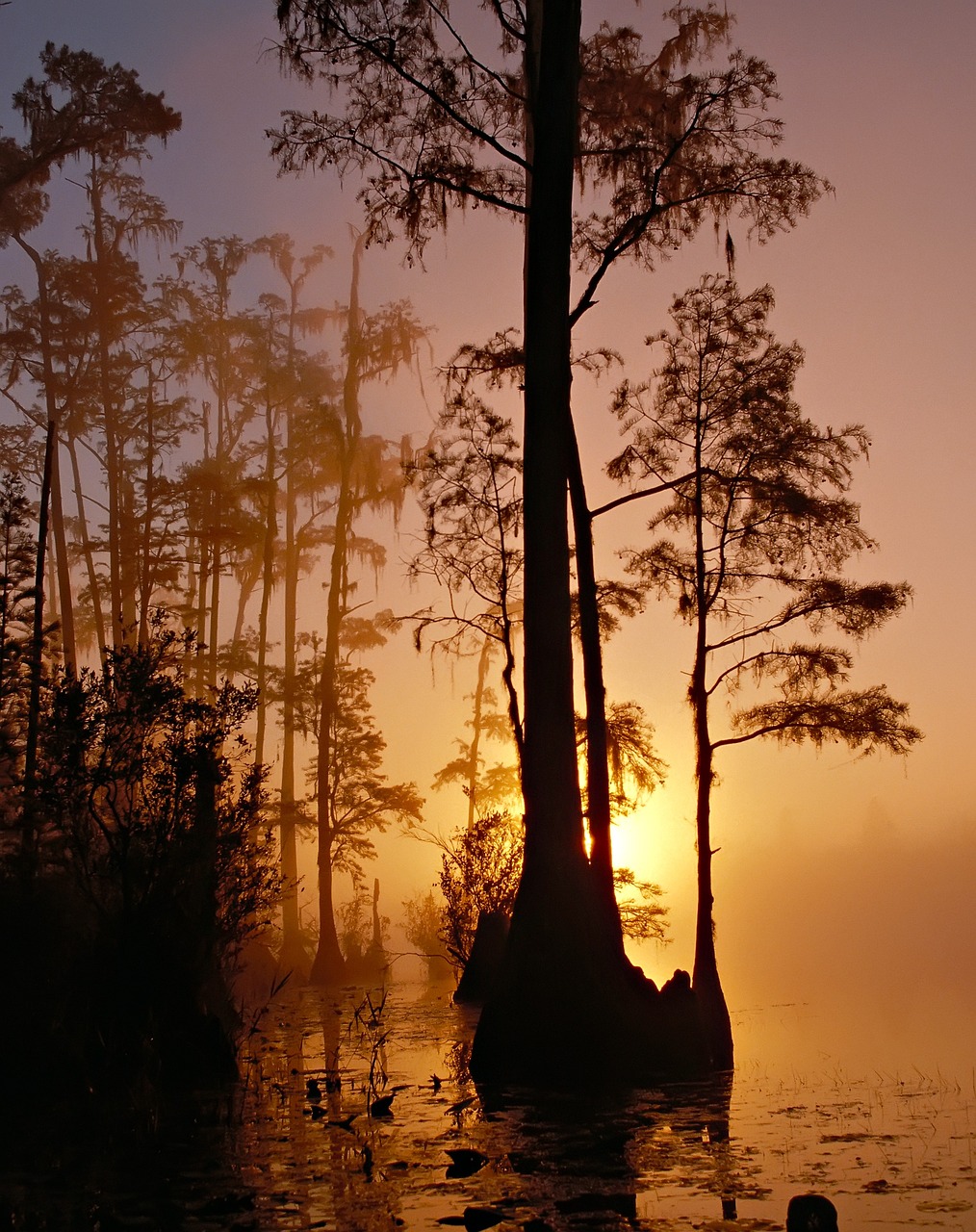Palm trees are synonymous with the Sunshine State of Florida. Their tall, slender trunks and fan-like fronds evoke images of tropical beaches, sunny afternoons, and a laid-back lifestyle. For residents and tourists alike, palm trees are more than just decorative plants; they are an integral part of Florida’s identity and ecosystem.
With over 12 species of native palm trees, Florida offers a rich variety of these iconic plants. From the towering Sabal Palm, which serves as Florida’s state tree, to the delicate Coconut Palm found near coastal areas, each species contributes to the unique beauty of the state’s landscapes. Understanding these trees is essential for anyone interested in horticulture, landscaping, or simply enjoying the natural beauty around them.

In addition to their aesthetic appeal, palm trees play significant roles in the local environment. They provide shelter and food for various wildlife species. Many birds, insects, and mammals depend on palms for their survival. Moreover, palm trees are known for their ability to thrive in coastal conditions, making them ideal for Florida’s sandy soils and salty air.
Popular Palm Species in Florida
When discussing Florida’s palm trees, several species stand out. Each brings its unique charm and characteristics. Below is a table highlighting some of the most popular palm species found throughout the state.
| Common Name | Scientific Name | Height | Features |
|---|---|---|---|
| Sabal Palm | Sabal palmetto | 30-50 ft | Fan-shaped leaves; state tree of Florida |
| Coconut Palm | Cocos nucifera | 50-80 ft | Produces coconuts; iconic tropical appearance |
| Florida Queen Palm | Syagrus romanzoffiana | 40-60 ft | Smooth trunk; feathery fronds; drought tolerant |
| Washingtonia Palm | Washingtonia robusta | 50-100 ft | Fast-growing; fan-shaped leaves; tall stature |
| Needle Palm | Rhapidophyllum hystrix | 6-10 ft | Dwarf species; hardy; thrives in shade |
The Sabal Palm is particularly notable as it has become a symbol of Florida. It is often seen lining highways and adorning public parks. This tree is not only resilient but also adaptable to various soil types and water conditions.
Coconut Palms evoke images of tropical paradises. Their curved trunks and abundant coconuts make them a favorite among beachgoers. The fruit is not only delicious but provides hydration in hot weather.
Florida Queen Palms are popular for landscaping due to their elegant appearance and rapid growth. They can withstand drought conditions, making them an excellent choice for homeowners looking for low-maintenance options.
Washingtonia Palms are known for their impressive height and dramatic presence. These palms can grow quite tall, making them ideal for creating a striking visual impact in gardens and along streets.
The Needle Palm is a unique species that stands out due to its hardiness. It can thrive in shady areas, making it suitable for diverse landscape designs. This species is also one of the most cold-tolerant palms in North America.
As you explore the diverse world of palm trees in Florida, you will discover their significance goes beyond mere decoration. They are essential components of the state’s ecosystem and culture, contributing to the charm of tropical living.
Growing and Caring for Palm Trees in Florida
Caring for palm trees in Florida requires an understanding of the unique conditions they thrive in. These trees are generally low-maintenance but do need specific care to ensure they grow healthy and strong. Knowing the right practices can help homeowners and gardeners enjoy their palm trees for years to come.
Soil Requirements
Most palm trees prefer well-drained soil that retains some moisture without becoming waterlogged. Here are some key points to consider:
- Soil Type: Sandy loam is ideal for most palm species.
- pH Level: A slightly acidic to neutral pH (6.0 to 7.0) is preferred.
- Organic Matter: Adding organic compost can improve soil structure and nutrient content.
Watering Practices
Watering is crucial, especially during the first few years after planting. Here are some guidelines:
- Water newly planted palms deeply to establish root systems.
- Reduce watering frequency as the tree matures. Most established palms require watering only during dry spells.
- Avoid overwatering, as this can lead to root rot.
Fertilization
Proper fertilization is vital for healthy growth. Palms have specific nutrient needs, primarily potassium, magnesium, and manganese. Consider these tips:
- Fertilizer Type: Use a slow-release palm fertilizer with a balance of nutrients.
- Timing: Fertilize during the growing season, typically from spring to late summer.
- Application Rate: Follow the manufacturer’s instructions for application rates based on the palm’s size.
Pest and Disease Management

Palm trees can be susceptible to various pests and diseases. Identifying and addressing these issues promptly is essential for maintaining their health.
Common Pests
Some of the most prevalent pests affecting palm trees in Florida include:
- Scale Insects: These pests suck sap from the tree and can lead to yellowing leaves.
- Spider Mites: They create webbing and cause leaf discoloration.
- Palmetto Weevil: These beetles can cause significant damage by burrowing into the trunk.
Disease Prevention
Diseases can also affect palm trees. Here are some common issues and how to prevent them:
- Ganoderma Butt Rot: This fungal disease affects the base of the palm. Prevention includes avoiding injury to the trunk and maintaining proper drainage.
- Lethal Yellowing: A disease that affects several palm species, leading to rapid decline. Regular inspection and prompt removal of infected trees can help manage its spread.
Pruning and Maintenance

Regular maintenance, including pruning, helps keep palm trees healthy and attractive. Here are some tips for effective pruning:
- Timing: Prune during the growing season when the tree is actively growing.
- Tools: Use clean, sharp tools to prevent disease transmission.
- Technique: Remove dead or damaged fronds but avoid cutting green fronds unless necessary.
By following these care guidelines, Florida residents can enjoy the beauty and benefits of palm trees in their landscapes. Proper attention will ensure that these tropical treasures thrive under Florida’s sunny skies.
The Cultural Significance of Palm Trees in Florida

Palm trees are not only vital to Florida’s natural landscape but also hold significant cultural importance. They symbolize the relaxed lifestyle and tropical atmosphere that Florida is famous for. From art to festivals, palm trees are integral to the state’s identity.
Symbolism and Art
In various forms of art and design, palm trees represent warmth, relaxation, and paradise. They frequently appear in:
- Postcards: Palm trees are a staple in Florida-themed postcards, often depicting sunny beaches and vibrant sunsets.
- Paintings: Local artists frequently include palm trees in their works to capture the essence of Florida’s landscapes.
- Photography: Enthusiasts and professionals alike seek out palm trees for their aesthetic appeal in landscape photography.
Festivals and Events
Palm trees often feature prominently in local festivals and events. Some notable examples include:
- Florida Keys Island Fest: Celebrating the island culture with live music, art, and, of course, palm trees as a backdrop.
- Palm Tree Festival in Tarpon Springs: This event showcases various palm species, gardening tips, and eco-friendly practices.
- Coconut Grove Arts Festival: An annual event where local artists display their works amidst the lush palm-filled surroundings.
Landscaping with Palm Trees
Integrating palm trees into landscaping designs can enhance both residential and commercial properties. Their unique shapes and sizes can create stunning focal points. Here are some considerations for incorporating palms into landscapes:
Design Tips
- Mixing Species: Combine different palm species for varied textures and heights. This creates an engaging visual appeal.
- Grouping: Planting palm trees in clusters can create a more natural look, mimicking their growth patterns in the wild.
- Adding Lighting: Use landscape lighting to highlight palm trees at night, creating a dramatic effect.
Practical Considerations
When planning to landscape with palm trees, keep these practical aspects in mind:
- Space Requirements: Ensure adequate space for mature palms. Some species can grow quite large.
- Sunlight Needs: Most palms thrive in full sunlight, so select locations that receive sufficient light.
- Watering Accessibility: Consider how easily you can water your palms, especially during dry spells.
Environmental Impact
Palm trees play a vital role in Florida’s environment. They contribute to local ecosystems in several ways:
Biodiversity Support
Palm trees provide habitats for numerous wildlife species. They support various organisms, including:
- Birds: Many birds nest in palm fronds or feed on their fruits.
- Insects: Pollinators such as bees are attracted to palm flowers.
- Mammals: Small mammals may utilize the shade and shelter provided by palms.
Erosion Control
The extensive root systems of palm trees help stabilize soil and prevent erosion, especially along coastlines. This is particularly important in areas vulnerable to strong winds and heavy rainfall.
Palm trees also contribute to carbon sequestration, helping to mitigate climate change effects. Their ability to absorb carbon dioxide makes them valuable assets in maintaining ecological balance.
Understanding the cultural significance, landscaping potential, and environmental benefits of palm trees enhances appreciation for these iconic plants in Florida. They are more than just beautiful additions; they are essential components of the state’s identity and ecosystem.
Economic Impact of Palm Trees in Florida
Palm trees are not only a visual and environmental asset but also contribute significantly to Florida’s economy. From tourism to landscaping industries, palms play a crucial role in driving economic activity.
Tourism and Hospitality
The tourism industry is one of the largest contributors to Florida’s economy, and palm trees are key attractions. Many visitors come to enjoy the scenic beauty of tropical landscapes. Here are some ways palms benefit tourism:
- Iconic Landscapes: Palm-lined beaches and resorts offer picturesque views, enhancing the appeal of vacation destinations.
- Photographic Opportunities: The presence of palm trees provides perfect backdrops for tourist photography, further promoting these locations.
- Cultural Experiences: Events celebrating local flora, including palm trees, attract tourists interested in Florida’s unique culture.
Landscaping and Horticulture
The landscaping industry thrives on the popularity of palm trees. Many homeowners choose palms for their gardens due to their aesthetic appeal and low maintenance needs. The economic impact includes:
- Plant Sales: Nurseries and garden centers often feature a wide range of palm species, contributing to retail sales.
- Landscaping Services: Professionals specializing in landscaping frequently incorporate palm trees into their designs, generating revenue.
- Export Opportunities: Some palm species are cultivated for export, providing additional economic benefits.
Challenges Facing Palm Trees in Florida
While palm trees contribute significantly to Florida’s economy and ecology, they also face several challenges that threaten their health and survival. Awareness of these issues is essential for effective management.
Climate Change
The impacts of climate change pose a significant threat to palm trees. Rising temperatures and changing precipitation patterns can affect their growth and health. Some key concerns include:
- Increased Storm Intensity: Stronger hurricanes can damage or uproot mature palm trees.
- Saltwater Intrusion: Rising sea levels can cause saltwater to infiltrate freshwater areas, damaging coastal palms.
- Pest Proliferation: Warmer temperatures may encourage pest populations, leading to increased infestations.
Pests and Diseases
As noted earlier, various pests and diseases threaten palm trees. Staying informed about these issues is crucial for preservation efforts. Some ongoing challenges include:
- New Pest Species: Exotic pests that invade Florida can disrupt local ecosystems and threaten existing palm species.
- Disease Spread: Diseases like Lethal Yellowing continue to pose risks, necessitating ongoing research and management efforts.
Final Thoughts
Palm trees are a quintessential part of Florida’s identity, offering aesthetic beauty, ecological benefits, and economic contributions. Their significance extends from enhancing landscapes to supporting local wildlife and promoting tourism. However, palm trees also face challenges such as climate change and pest threats that require attention and care.
By understanding the diverse aspects of palm trees—ranging from their cultivation needs to their cultural importance—Florida residents can foster appreciation for these magnificent plants. Continued awareness, education, and proactive measures will help ensure that future generations can enjoy the splendor of palm trees in the Sunshine State. As symbols of tropical paradise, these trees will undoubtedly remain a cherished part of Florida’s landscape for years to come.
